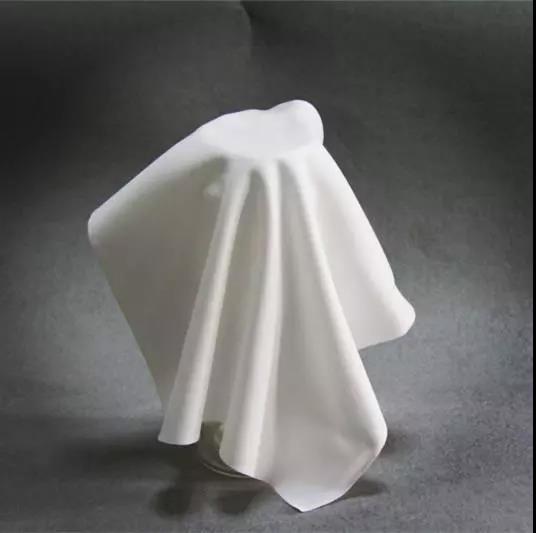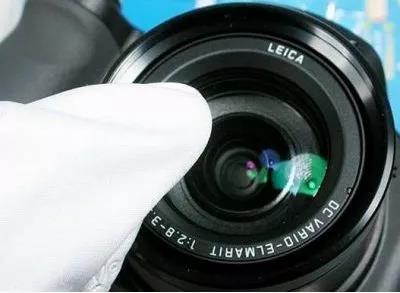At present, the gap between domestic and foreign countries in the clean dust-free cloth industry is mainly reflected in two aspects:
☑ Foreign manufacturers pay attention to the control of the production environment from the source. In addition, they have strict controls on the production process and auxiliary materials such as pure water. Therefore, the products produced are stronger than domestic products in terms of dust generation and residues.
☑ Some clean dust-free cloths that can be used in special occasions are involved, the industry is segmented, and the products are highly targeted. The former is hardware and the latter is software. For domestic manufacturers, if they want to increase industrial profits and occupy more markets in the short term, they should learn the thinking and development methods of foreign companies in opening up new markets. Moreover, foreign materials do not simply classify the clean room grades for clean clean cloths based on the LPC value. The focus is on industry requirements. This is also worth learning.
Based on market research, the author believes that there are several types of clean dust-free cloth products that have mature applications in foreign countries but have less domestic involvement and broad market potential but still need to be cultivated:

Clean and dust-free cloth that can be steam autoclaved for use in a sterile room environment:
There is not much feedback on domestic industry demand, mainly because domestic customers in this industry do not have the awareness of this aspect, and the market needs to be cultivated. The pharmaceutical and food industries are relatively easy to develop the requirements for such products: sterile, strong liquid absorption, low pollution, wear resistance, tear resistance, chemical solvent resistance and sterilization.
Pre-wet clean dust-free cloth:
At present, domestic customers are more accustomed to using medium re-staining solvent, which is also related to cost. While foreign manufacturers rely on their special cleaning agents to promote this product, for example, they emphasize that they have a good cleaning effect on solidified residues and slag that are often encountered in chemical mechanical grinding.
It has strong liquid absorption and solvent resistance, and can be used in wet pans or laboratory bench liners. These products are not only specially used to remove acid, corrosive or other chemical leaks; there are also clean dust-free cloths made of different Color to deal with the leakage of different chemicals and play a corresponding warning role. It seems that there is no wipe cloth specially developed for chemical laboratories in China.

Clean dust-free cloth with the function of polishing the surface of the wipe:
The specific usage is not clear yet, it may mean removing the oxide layer or stubborn stains on the product surface. It is worthy of in-depth understanding, probably high-end markets are likely to appear in the civilian field, such as jewelry maintenance.
Anti-static clean dust-free cloth:
There is no special technology. It is based on the traditional clean dust-free cloth. Conductive yarn is added during weaving. Generally, no anti-static treatment is carried out to avoid adding residue. This kind of product is also available in China, but the market is small and fewer people use it.